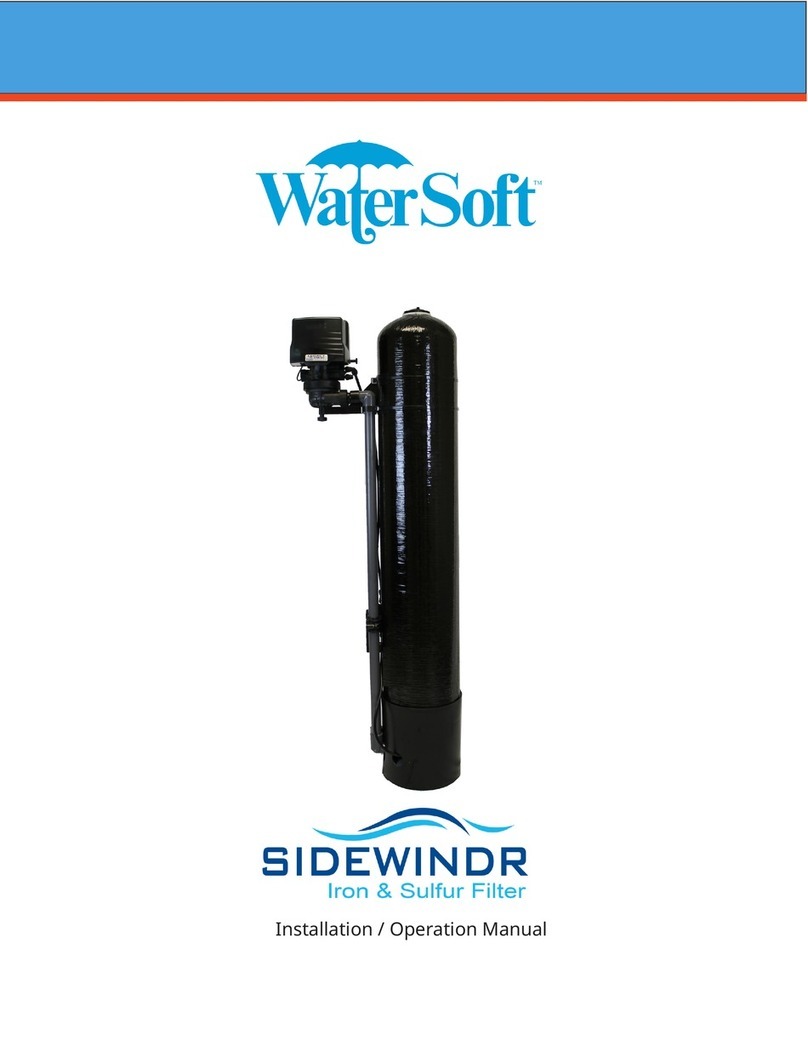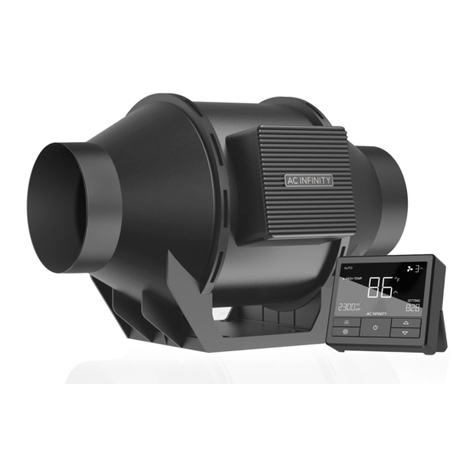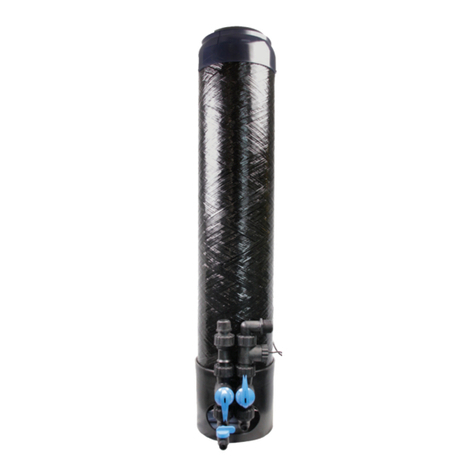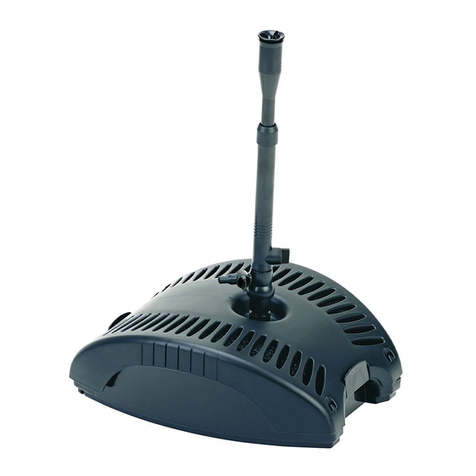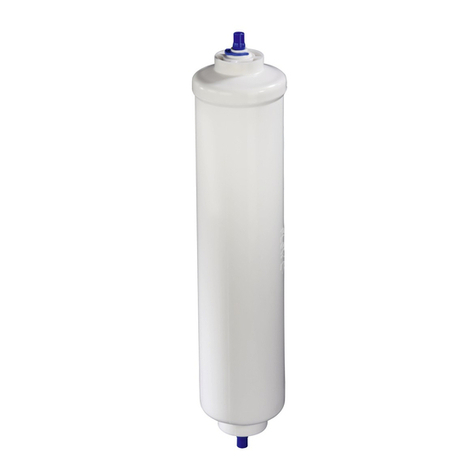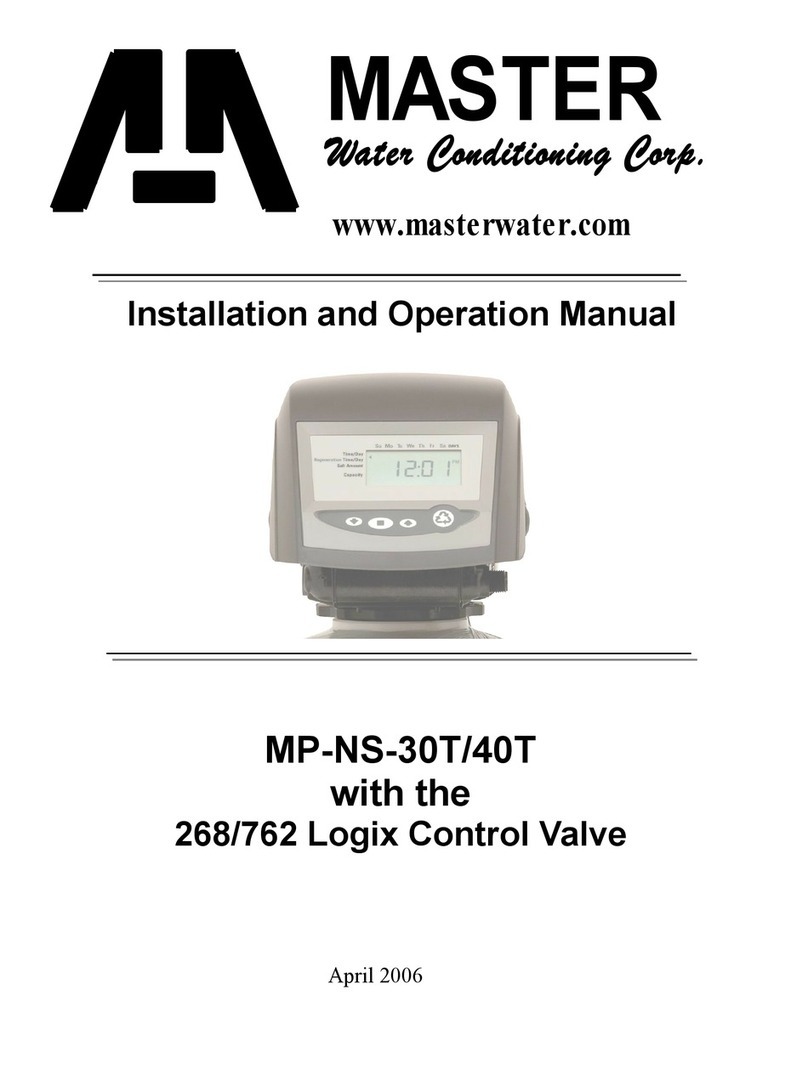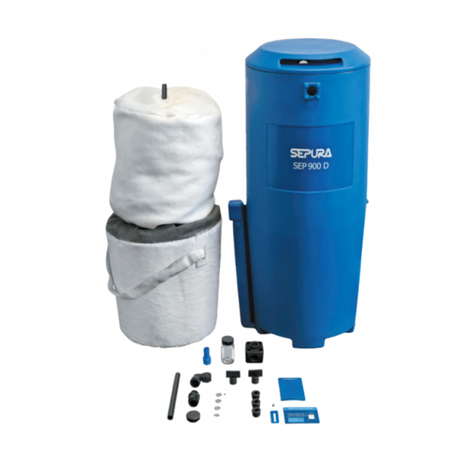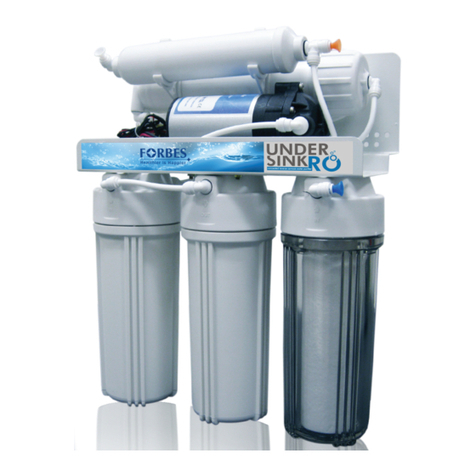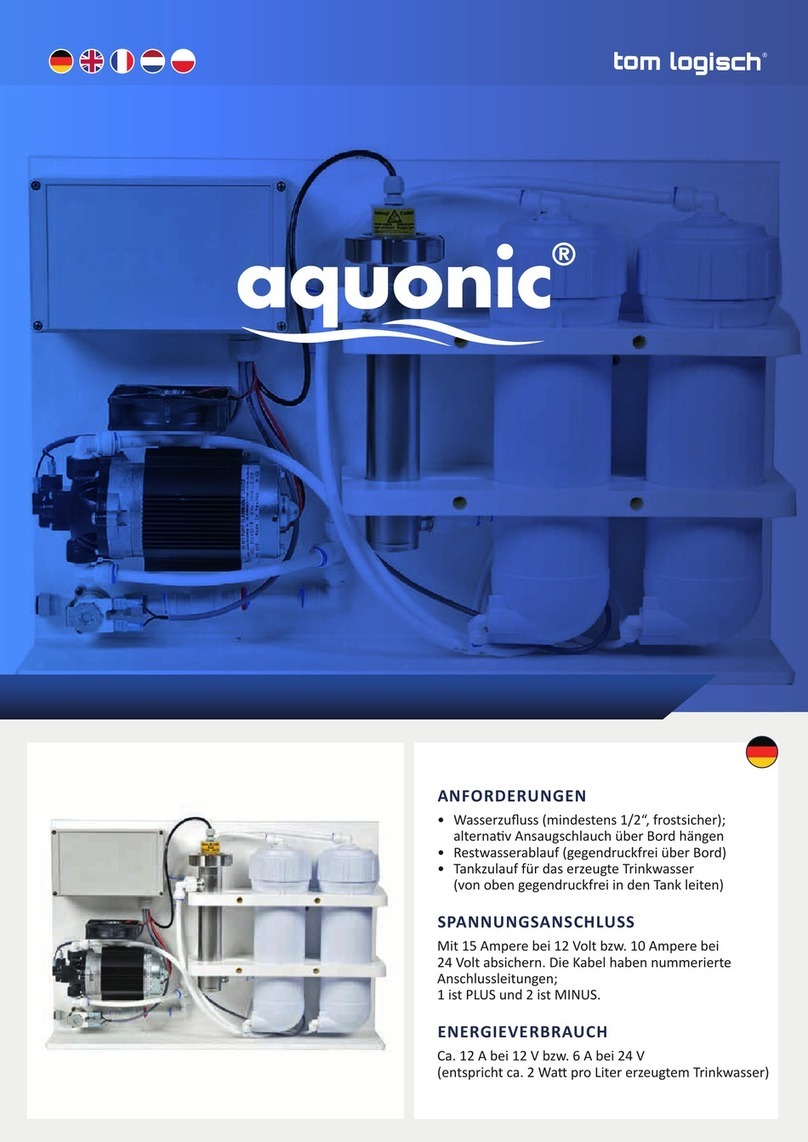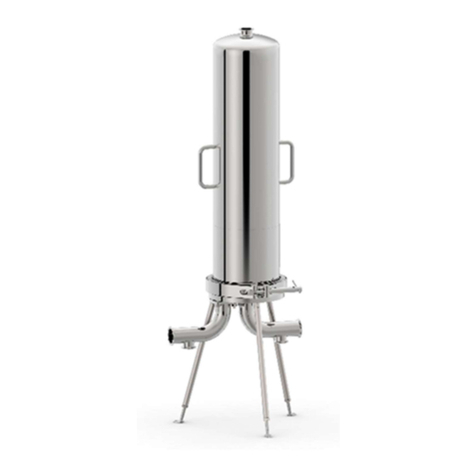
ABOUT THE INSTRUCTION ..................................................................................................................................1
CONTENTS
1ǀDELIVERY .......................................................................................................................................................2
PACKAGING AND DELIVERY CONTENT ............................................................................................................2
HANDLING OF THE VAN ..................................................................................................................................2
STORAGE BEFORE UNPACKING .......................................................................................................................2
2ǀTECHNICAL INFORMATION ............................................................................................................................3
PURPOSE OF THE DEVICE ................................................................................................................................3
IMPROPER USE OF EQUIPMENT......................................................................................................................3
MAIN PARTS ....................................................................................................................................................4
DESCRIPTION AND FUNCTIONS......................................................................................................................4
TECHNICAL DATA.............................................................................................................................................6
CONNECTION TO THE MAINS ..........................................................................................................................7
TYPES OF GEARBOXES .....................................................................................................................................7
NOISE...............................................................................................................................................................7
LABELS ON EQUIPMENT ..................................................................................................................................8
DECLARATION OF CONFORMITY......................................................................................................................8
3ǀSAFETY INFORMATION .................................................................................................................................9
GENERAL INFORMATION.................................................................................................................................9
OBLIGATIONS OF THE OPERATOR ..................................................................................................................9
STAFF REQUIREMENTS ....................................................................................................................................9
PROHIBITED ACTIVITIES.................................................................................................................................10
RESIDUAL RISKS .............................................................................................................................................10
4ǀINSTALLATION AND COMMISSIONING ......................................................................................................12
WORKING ENVIRONMENT.............................................................................................................................12
OPERATING SPACE.........................................................................................................................................12
AVAILABILITY..................................................................................................................................................12
INSTALLATION ..............................................................................................................................................12
CONNECTION TO THE ELECTRICAL NETWORK...............................................................................................13
PRE-COMMISSIONING CHECKS......................................................................................................................13
CONSUMPTION..............................................................................................................................................13
5ǀMAINTENANCE ............................................................................................................................................14
MAINTENANCE OF MECHANICAL PARTS.......................................................................................................14
MAINTENANCE OF ELECTRICAL PARTS..........................................................................................................15
REPLACEMENT OF SEALING BLADES .............................................................................................................15
REPLACING THE CLUTCH COVER ...................................................................................................................16
REPLACEMENT PARTS....................................................................................................................................16
LIFE ................................................................................................................................................................16
DISMANTLING AND DISPOSAL.......................................................................................................................17





















